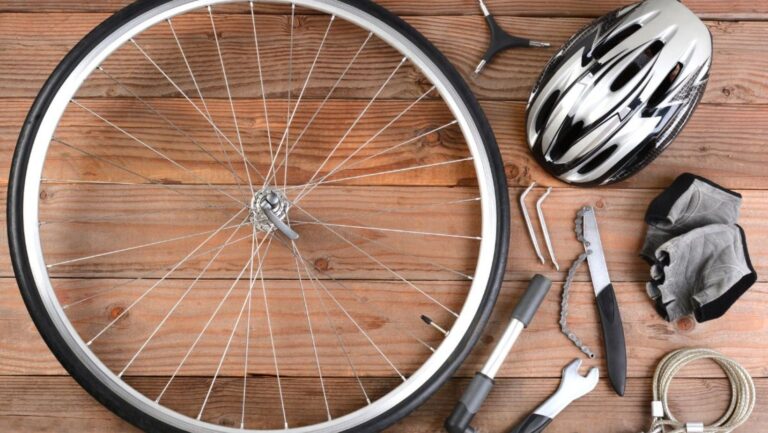Cycling is a good way to stay fit. However, there are so many accidents involving cyclists every day. In 2022, 1,105 bicycle-related deaths were recorded in the US. The number of accidents increased by 129 from the previous year, showing the importance of proper safety gear.
Whether you are riding on busy streets or remote trails, having the right gear can make a difference between a smooth, enjoyable ride and a potentially dangerous situation. Equipping yourself with the right gear guarantees your safety.
In case of an unexpected incident, such as a collision, knowing your rights and getting the expertise of bicycle accident lawyers is essential. Their expertise is handy when dealing with the legal challenges that arise.
In this article, we will cover the essential gear every cyclist must have before leaving the house.
Helmets
Helmets are non-negotiable, even when going for short rides.
In the event of a fall or collision, helmets can significantly reduce head injuries. A study conducted by the Bicycle Helmet Safety Institute over 30 days showed the mortality rate for non-helmet cyclists was higher than that of those who had one.
Ensure the helmet is well-fitting, has enough ventilation, and is lightweight to reduce the strain on your neck.
Cycling Lights
Front and rear lights are essential for staying visible on the road, especially during cloudy weather. You can get battery-operated or USB rechargeable lights.

Install a reliable light at the front and rear to view obstacles and prevent confusing drivers from behind. This is especially useful when you want to attract attention and be more visible, especially in lowlight conditions.
Reflective Gear
Reflective vests, bands, and stickers in addition to lights are great at increasing visibility. This gear makes cycling highly visible when riding at dawn, dusk, or night. Adding reflective tape and wearing a wristband makes you more noticeable from different angles.
Emergency Repair Tools
A multi-tool is a must since it offers a compact solution for handling minor mechanical issues. A good multi-tool should include:
- Allen keys for tightening and adjusting different parts like handlebars and brake levers
- Chain tool in case your chain breaks
- Spoke wrench
- Screwdrivers for fine-tuning derailleurs and adjusting brake tension
Also, carry a spare tube, a patch kit, and a mini pump. In case of punctures or flat tires, you can easily change the damaged one and be back on the road.
Another essential repair tool is the tire lever for removing your tires. Using your hand can be difficult and may leave you with bruises.
GPS and Smartphone
GPS allows you to monitor important metrics like:
- Distance traveled
- Average speed
- Heart rate
- Elevation gain

It is also necessary for planning your routes and helping you stay on course to avoid getting lost on the way. Don’t leave your phone for communication. Get weather-resistant and locking mounts to protect your phone.
ID and Emergency Contact Information
Whether it’s a road bracelet, a tag on your bike, or a card in your pocket, always carry a form of identification. Ensure your identification includes emergency contact and relevant medical conditions for first responders.
Apart from your ID, download apps that help you stay connected and allow you to set up alerts to notify important contacts if you don’t check in after a certain period of time.
Conclusion
Cycling is an exhilarating experience, but you have to be well-prepared. Safety gear like helmets, lights, and reflective clothing is essential to protect you and give you more confidence.
Remember, if you are ever in a cycling accident, reach out to an attorney for guidance and support.

